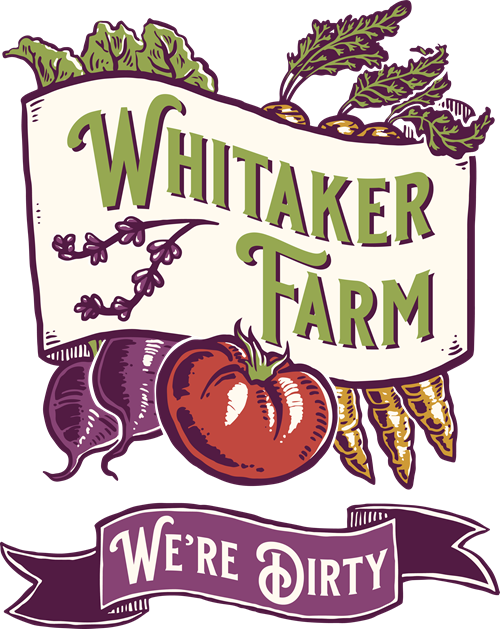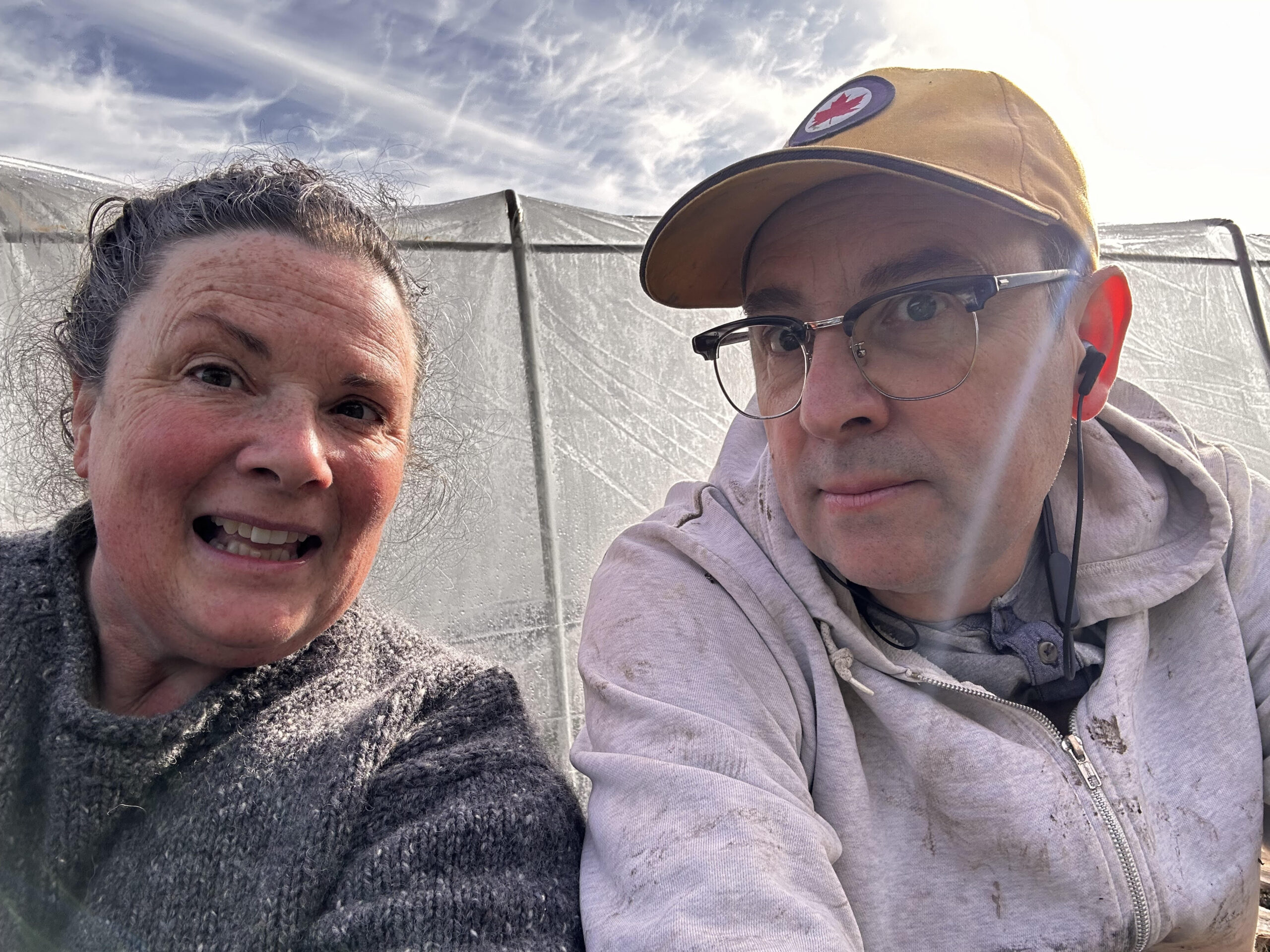Mornings are a little slower this spring. Normally, we’d be racing against frost, rain, and mucky fields, pushing to get two rotations in before the season fully kicks off. I will admit this process is unpleasant and challenging for all including the soil. This year, we took that out of the equation.
Why?
Because of soil health. Because of personal health. Because we’re thinking about the long game.
Our greenhouse—where our first rotation lives—is always in full production. No breaks. No pause. And, well, I know what that kind of pace does to a body. Soil needs rest, too. Right now, those beds are under tarps, getting a chance to suppress weeds and reset. Soon, we’ll plant our tomatoes early, which is exciting, and after that, those same beds will go into a fall cover crop to restore nutrients.
We’ve also learned something the hard way: the first outdoor beds we plant in early spring are always a battle—against weather, against weeds, against sheer exhaustion—all for crops that, in the end, don’t have enough demand to justify the effort. When we did the math, it hardly seemed worth it. And honestly? I want to reserve my fight for the things that truly matter.
We’ve Learned the Hard Way
Last year, COVID hit us right in the middle of peak production. It swept through part of our team, and suddenly, we were in a position no farmer wants to be in—sick, exhausted, and still expected to keep everything running.
The challenge of leading a farm team is that the work doesn’t stop just because you need to. The crops don’t wait. The markets don’t pause. And as the ones responsible for it all, we still had to show up. We were responsible to our team to make sure we could meet payroll and sick pay. We worried constantly that the whole team might go down. And so, even when we desperately needed to rest, we couldn’t afford to.
That is the reality of running at full tilt with no buffer.
So when we talk about slowing down this season, it’s not about taking the easy way out—it’s about making sure that when the next challenge comes, we’re strong enough to meet it.
Are We Doing the Right Thing?
Brian and I have been asking ourselves this a lot. Scaling back means a smaller team and less volume at market—at a time when our community needs more local food. At the same time, farming feels more precarious than ever. Water challenges, climate change, and rising costs are real existential threats to small farms throughout the valley.
But what’s the alternative? Burn ourselves out completely? Push forward at full speed, only to break down when our farm and community need us most?
No.
This year, we’re taking a step back—not away, just back—to ensure we can step forward stronger in the years to come. We’re balancing farming and well-being, restoring our soil, our energy, and our commitment to the work that matters. Because sustainability isn’t just about how we farm—it’s about how we live.
A quote I read recently made me think that maybe we are on the right path:
“There is a difference between being in service and being in servitude. And for our movements to be sustainable and fruitful, we need to learn the difference.”
Perhaps, as I ask the farm to be regenerative, I must also ask the same of myself.
Only So Many Summers
Yesterday, after the frost burnt off and the sun was out, Brian and I sat down in the fields, taking a break from work—guilt-free—for once. We let ourselves enjoy the view, spoke of our dreams and goals, and acknowledged the limits of what we can do on this farm. It was a slow moment, a peaceful moment.
As we approach 60, it’s hard to ignore the reality that our time to build, to grow, to get it right is not endless.
A farmer once told me:
“You only have so many summers to get it right.”
If we’re lucky, we might have 10 or 12 more tries.
So we’re making this one count.

